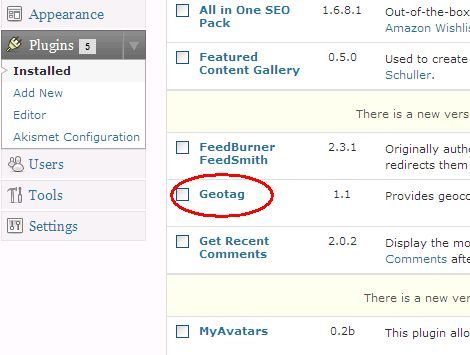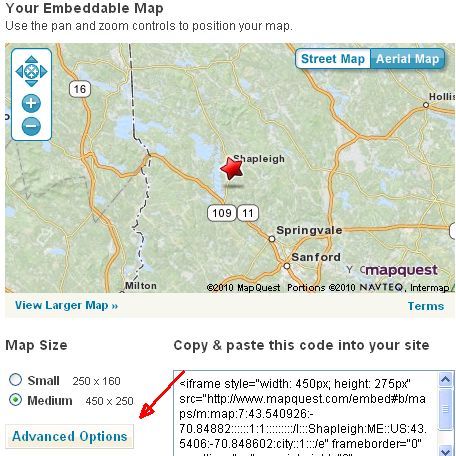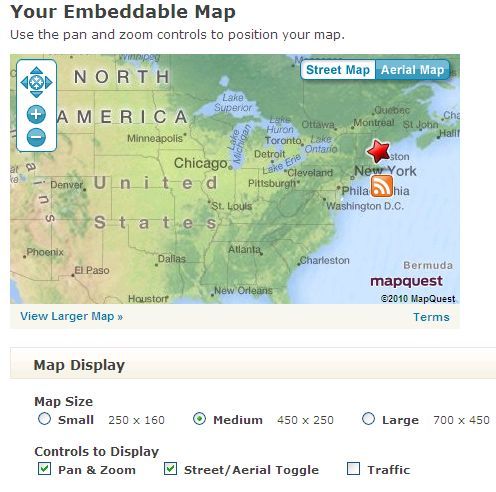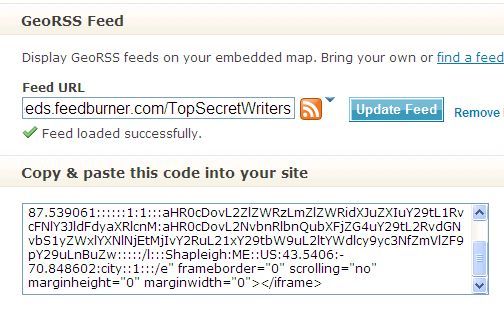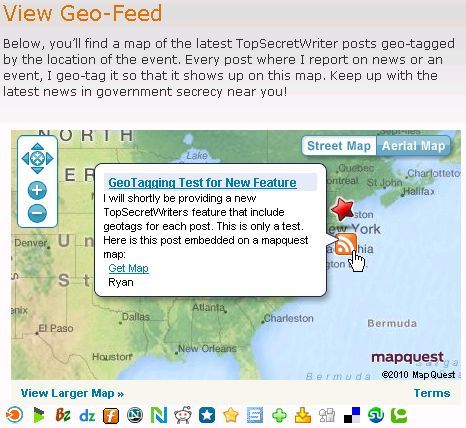<firstimage="https://www.makeuseof.com/wp-content/uploads/2010/08/digitalworld.jpg">
One of the coolest things about the Internet today is that it allows freedom of mobility. With a laptop and a Wi-Fi hotspot, you can surf the net while drinking a latte in your favorite coffee shop. With an iPhone, Blackberry or Android mobile device, you can quickly post an update to Facebook or to your blog in just minutes. Things are really advancing at a rapid pace, and the Internet is connecting people around the world in ways that are just astonishing.
So, with this mobility in mind, I went out in search of a way for bloggers or anyone who owns a website to geotag website updates with the longitude and latitude of either their present location, or the coordinates of a story they're posting about. Better yet, what about the ability to publish a map that displays those geographical locations?
Well, the interesting thing is that I started out looking for the solution at the usual places - either with Google or Yahoo. Google has a way to do it through your Google Maps API and a bit of coding. Yahoo has a simpler method with Yahoo Smart Maps, your own application API, and again - a bit of coding. However, I wanted a solution that allows you to geotag websites but requires no coding at all, and which anyone can do quickly and easily with their own website. I am happy to report that the answer actually came from MapQuest.
Setting Up A Geotagged RSS Feed
Before we get to MapQuest, the first step in accomplishing this is having your website or blog attach a "tag" to your RSS feed for each post, which identifies the coordinates. The simplest method is with the "GeoRSS" tag.
You can either modify the code that creates your website XML feed so that it appends this tag and the coordinates to every post in your feed, or if you're using a Wordpress blog, the job gets even easier with the Geotagging plugins that are available. In my case, I went with the WP plugin called "Geotag" by Boris Pulyer. When you download the plugin, just place the geotag.php file in the plugins folder, and then enable the plugin in your Wordpress admin panel.
Once that's done, you'll find a map embedded into the post edit form. You can use this tool to either search for the coordinate points of a location, or just click on the map for the points.
Here, I've selected a point off of the coast of Rhode Island with latitude 40 and longitude -70. When you save your post, these coordinates are appended to the RSS feed for that post. This means that anyone using a website or mobile app that incorporates blogs that are "geo-enabled" will be able to utilize that location information. As the world migrates to GPS-location enabled Internet content, you'll be one step ahead of the game with your new geotagged RSS feed.
Displaying Your Post Locations On A Map
Now that you have the coordinates of each post updating to your RSS feed, the next step is to embed a map on your site that displays all of your latest posts with a location marker on the map. In my case, I want to display the location of news events in the U.S. that I'll be posting on my website. This is where MapQuest can help.
When you map an area in MapQuest (it doesn't matter what location, so long as it's near where you're blogging about), you have the option to embed the map you've created. In the embed screen, there's an "Advanced Options" button where you'll be able to configure the map.
On the configuration screen, you can set the size and zoom in or out so that the map covers whatever region you're blogging about. When you scroll down, you'll discover an area titled "GeoRSS Feed" which, thanks to the Wordpress plugin you've already installed, you now have. Just past your blog's RSS URL into the "Feed URL" field and click "Update Feed."
Then, copy and paste the resulting iframe embed code, and paste it wherever you want to display the map on your site. You'll notice that it displays the coordinates of your blog post with a little RSS icon.
Even more coolness - when your visitor hovers the mouse over the RSS icon at that location, the title and description from the feed pops up, and they can click on the link to visit the actual blog posting.
I love this solution because I can create a central page on my site that visitors can go to if they want a visual update of the locations I've been writing about. You can use this feature for just about anything - not just blogging. Track animal sightings you've had or plot your trip across Europe for everyone to follow. The potential of geotagging your site updates is limited only by your own imagination.
Give geotagging a try and let us know how it goes, and if you find any better solutions for incorporating geotagged feeds, please share!
Image Credit: ilker


